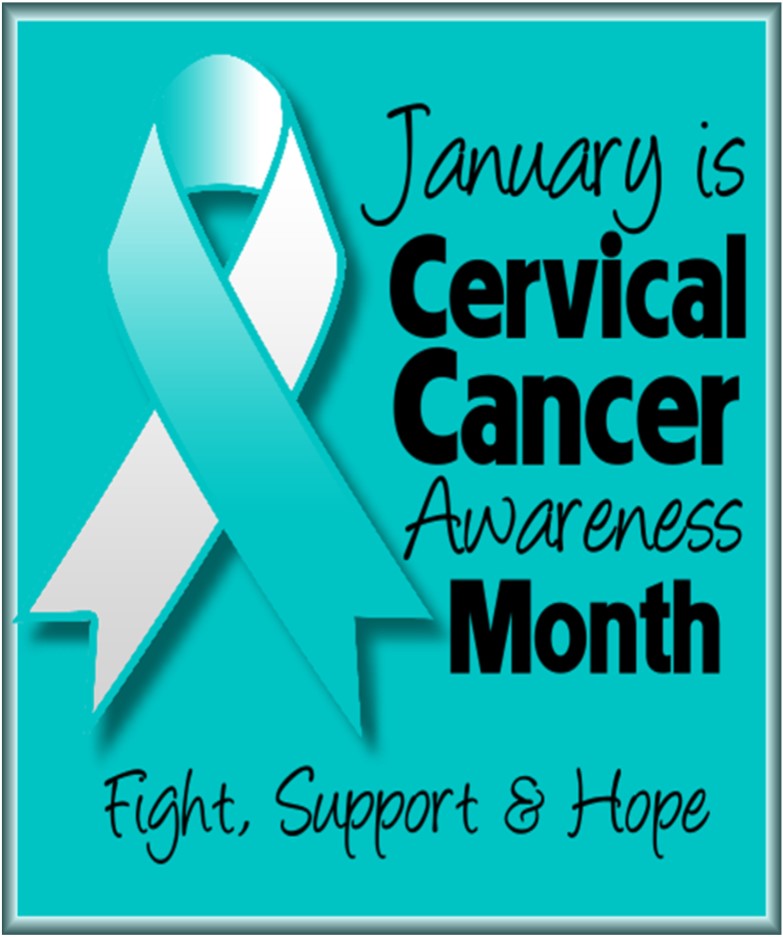Cervical Cancer

In health, risk assessment is vital as the aim is to control, eliminate or minimize those risk factors that can be detrimental to one’s health and well being. Cancer of the cervix uteri is the second most common cancer among woman worldwide, with an estimated 530,000 new cases and 270,000 deaths in 2012 (WHO). About 85% of cases occur in low and middle income countries. It is a disease of great Public Health concern as a result of this high disease burden and the direct and indirect cost that are associated with the illness. The reality is that cervical cancer is a highly preventable disease once we control potential risk factors.
Risk factors for developing cervical cancer includes engaging in unprotected sex, having multiple sexual partners and early sexual activity. Research have also shown that women with multiple births and those who use birth control pills for prolonged period are also at risk of developing cervical cancer. However the most compelling finding is that almost all cervical cancers are caused by the Human Papilloma Virus (HPV), common virus that can be passed on from one person to another during sexual intercourse.
Cervical cancer develops slowly and may present little or no symptoms. It starts as a precancerous condition called dysplasia. Precancerous changes in the cervix can be detected by various tests but the cheapest, simplest and most common one is the Pap smear. It is a proven cost effective test used in many developing and low resource countries. Other elaborate test includes surgical procedures such as Cone Biopsy and Colposcopy. It can take years for these changes to turn into cervical cancer. Most women who are diagnosed with cervical cancer may not have had regular pap smears or may not have followed up on an abnormal Pap smear result. In any case a part of Public health preventative approach to health care is screening and once the diagnosis of cervical cancer is made it is important that treatment follows. Depending on the stage of the cancer, treatment can entail surgical solutions such as cryotherapy, LEEP, Laser therapy, hysterectomy or radiation therapy and chemotherapy. Some of these solutions may not be available in some countries.
Disease prevention is an important tenet of Primary health care. As part of the primary health care package, the Ministry of Health in St. Kitts and Nevis have made the pap smear test free and available to the public, provided well trained Nurses to do the tests, laboratory facilities and a pathologist. They have promoted awareness of the disease through the media, information and education material. Although the HVP vaccine is a promising tool as it is effective against the two strains of the HPV virus (16 & 18) that is known to cause cervical cancer, it is not yet readily available as the cost is a major issue. The onus now is on the women to take advantage of the services that are being provided as they are ultimately responsible for their health and wellbeing. They should always remember “Early detection saves lives.”
